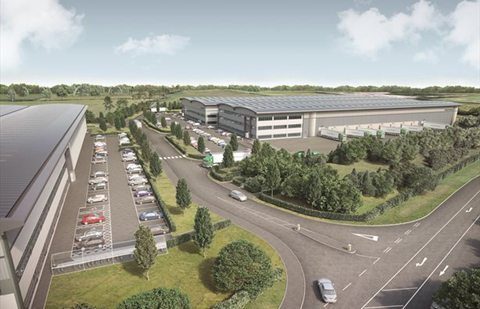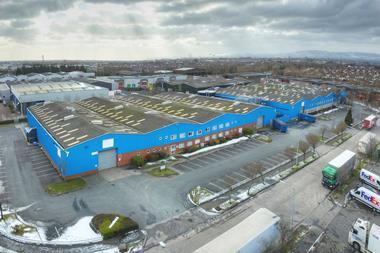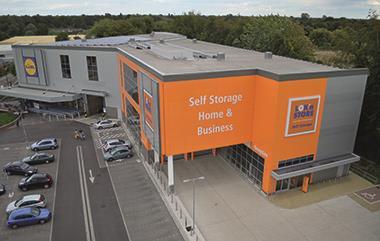When it comes to identifying strategic sites for development, it’s now all about the two Es: energy and employment.

The availability of power in the network and employment pools locally are without doubt two of the most important considerations for occupiers and therefore for developers. For every site we choose to pursue seriously, we discount at least 10 others, often due to the ‘E&E’ constraints.
While at least in the short term there is little that can be done to create employment prospects, there are ways in which developers can ensure certainty of power on site. Limited power availability is a UK-wide issue for developers looking to bring sites forward.
Part of the solution is occupiers and other stakeholders becoming more open-minded about how their power is supplied. On some sites, we are now investigating onsite power generation using a combined heat and power system. This is a neat way of using the excellent gas supplies within the national network to generate electricity and provide network resilience where current network capacity is maxed out or where an energy-hungry occupier requires considerable power for manufacturing, for example. It can also create cost savings and price certainty for the occupier.
From the outset, we ensure our sites are well provisioned in terms of power. At Symmetry Park, Bicester, for example, we secured power for the site through a payment to the distribution network operator at our risk when originally optioning the land prior to securing planning consent. Through securing the power in the network, it allowed us to promote the excellent power provision and subsequently secure the presale of 88,000 sq ft to Bentley Designs and the further sale earlier this month of the 110,000 sq ft speculative Unit A2 to Medline, which required additional power provision.

In terms of employment, many occupiers – most notably the internet retailers – now conduct detailed research at the outset of a new B8 search and often discount a large proportion of the available sites based on their perceived employment constraints. In addition, some areas are blacklisted due to the actual or perceived competition from other occupiers.
We commission an independent employment report on each site we are seriously considering as part of our due diligence to ensure it will appeal to a wide range of businesses. We then use these findings in the marketing and targeting of occupiers as credible evidence of the availability of labour locally.
We recently undertook employment research on Biggleswade and central Bedfordshire as part of our due diligence for the recent 50-acre Symmetry Park site purchase, for example. One of the estimates highlighted that by employing 1,300 staff (the predicted number of jobs to be created at the site), the annual savings due to lower salary costs could amount to circa £4.2m when compared with Milton Keynes and approximately £1.4m compared with Bedford.
A thorough understanding of occupiers’ specific requirements and their drivers is crucial in deciding which sites are viable for development. However, central government has some tough decisions to make relating to the national power provision.
Tom Leeming is development director at db symmetry






























No comments yet